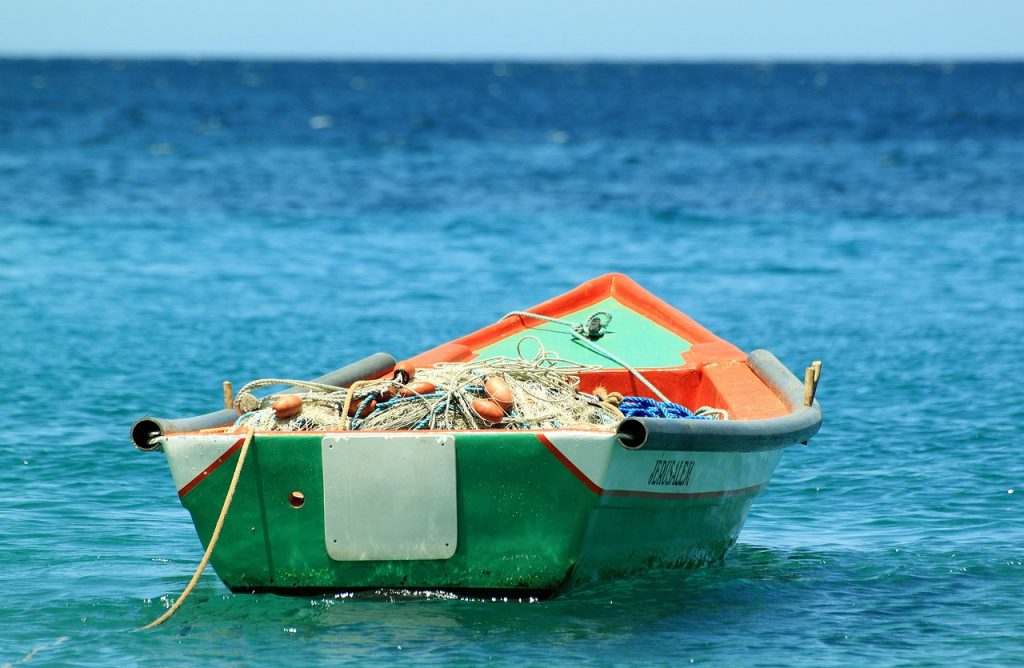Factors to Consider When Selecting a Boat
Your intended use, budget, and the boat’s size are all important factors. A smaller boat is easier to manage, especially for first-time boaters, while larger vessels may provide stability but require more experience.
When budgeting, factor in maintenance, storage, and fuel costs to avoid surprises. Establishing these details early will help you choose a boat that fits your goals without overspending.

